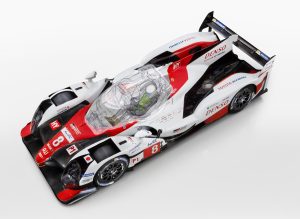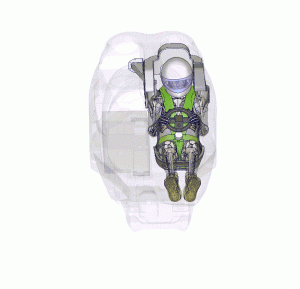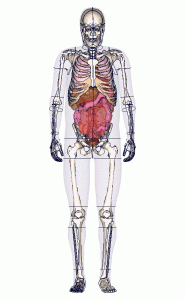Toyota THUMS Virtual Human Modelling Technology Helping Make Motorsport Safer
Toyota and the Global Institute for Motor Sport Safety launch four-year joint research project
Virtual modelling technology developed by Toyota to improve the safety designs of its road cars is set to be further deployed in the world of international motorsport.
Toyota Motor Corporation and the Global Institute for Motor Sport Safety have launched a four-year research project using the Toyota Human Model for Safety (THUMS).
Their work will include research into collisions involving both open-cockpit cars and models used in rallying and may also extend to a review of seat structures and the positioning of seatbelts. The institute plans to use the project findings when considering measures that could lead to the updating of sporting regulations, and other step to enhance the safety of vehicles used in motorsport.
The crash test dummies commonly used in vehicle collision testing do not allow for easy and detailed analysis of the impact of a crash to the brain, internal organs and other parts of the body. As a result, Toyota and the Toyota Central R&D Labs have been working together since 2000 to develop THUMS, a system which allows for computer simulation and analysis of actual conditions during an impact and how injuries – including damage to internal organs – are caused.
Successful development of this virtual human modelling has allowed Toyota to use THUMS not just for the development of everyday vehicles, but also to analyse injuries sustained in motorsports collisions. Responding to a request from the FIA, the governing body of world motorsport, and the American racing association NASCAR, it has been using THUMS to identify the impact of powerful deceleration G forces experienced in a crash on the driver’s spine and internal organs. Taking into account seating conditions that are unique to race cars, it is investigating how the effect of these forces might be mitigated.






